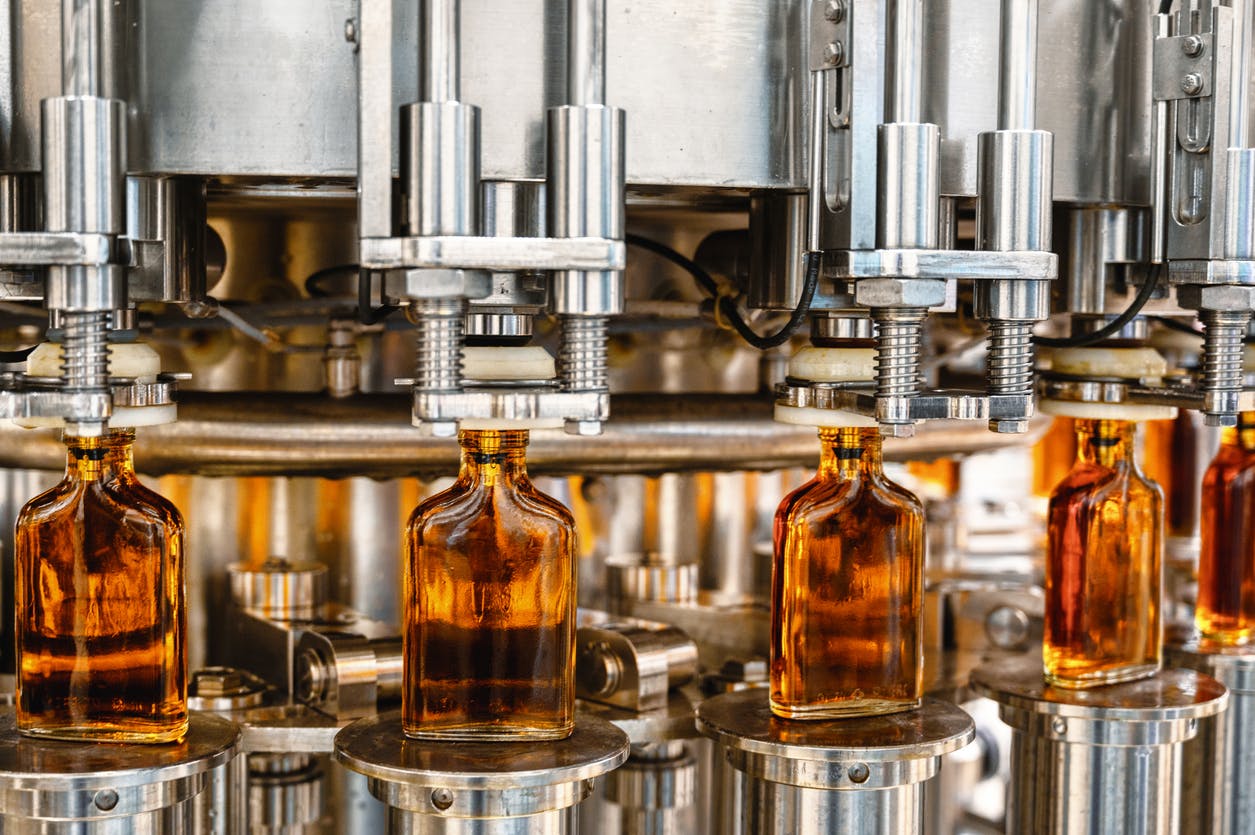
Cognac is one of the world’s most prestigious eaux-de-vie, renowned for its meticulous and regulated production process. Made from the double distillation of specific white wines and a long ageing period in oak barrels, Cognac benefits from centuries of craftsmanship. From the vineyard to bottling, let’s explore each step of its creation in detail.
The raw material: Charentais white wine
Cognac is produced from dry, acidic, and low-alcohol white wines, primarily made from the Ugni Blanc grape, which accounts for over 98% of production. Other permitted grape varieties include Folle Blanche and Colombard.
These wines are harvested within the Appellation d’Origine Contrôlée (AOC) area, which covers six distinct crus: Grande Champagne, Petite Champagne, Borderies, Fins Bois, Bons Bois, and Bois Ordinaires. The designation Fine Champagne is not a cru but a blend of Grande and Petite Champagne, with Grande Champagne as the majority.
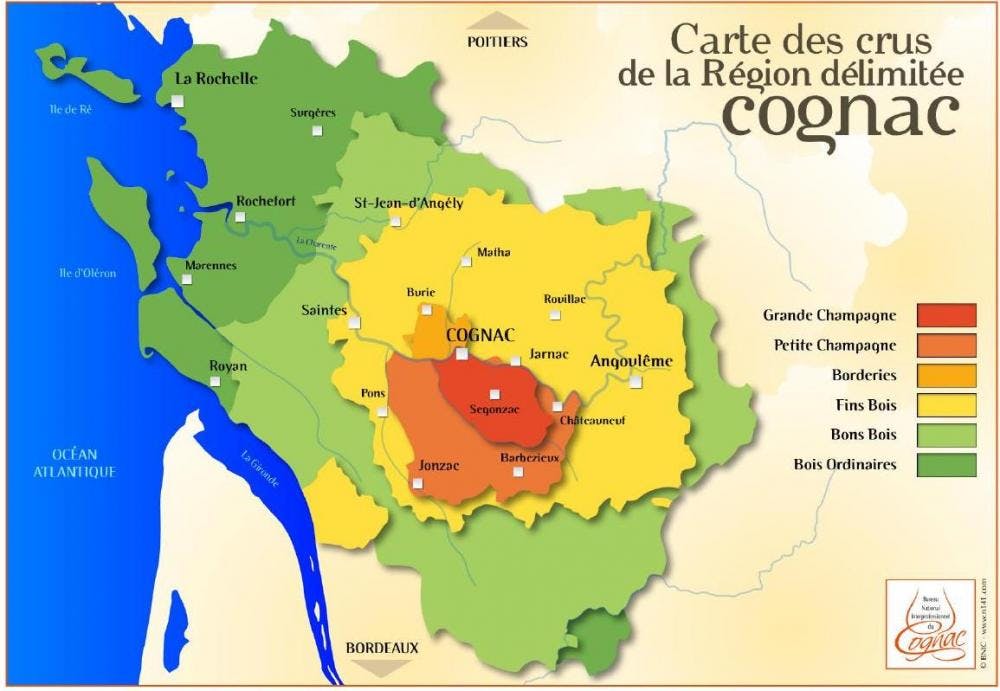
Each of these crus has a unique geology that impacts the grapes. It is important to note that no cru is fundamentally better than another.
Harvesting takes place between September and October. Once pressed, the juice ferments for about 5 to 7 days to preserve aromatic freshness and a low alcohol content (between 7 and 12% ABV). This wine is then ready for distillation.
Charentais double distillation
The wine is distilled in a Charentais copper still heated directly by an open flame (using a gas burner or wood fire), following the double distillation method.
First Distillation
The wine is heated in the still to separate its components, concentrating the alcohol and aromatic congeners. The alcohol vapors are condensed to produce a liquid called brouillis, typically ranging from 25 to 30% ABV.
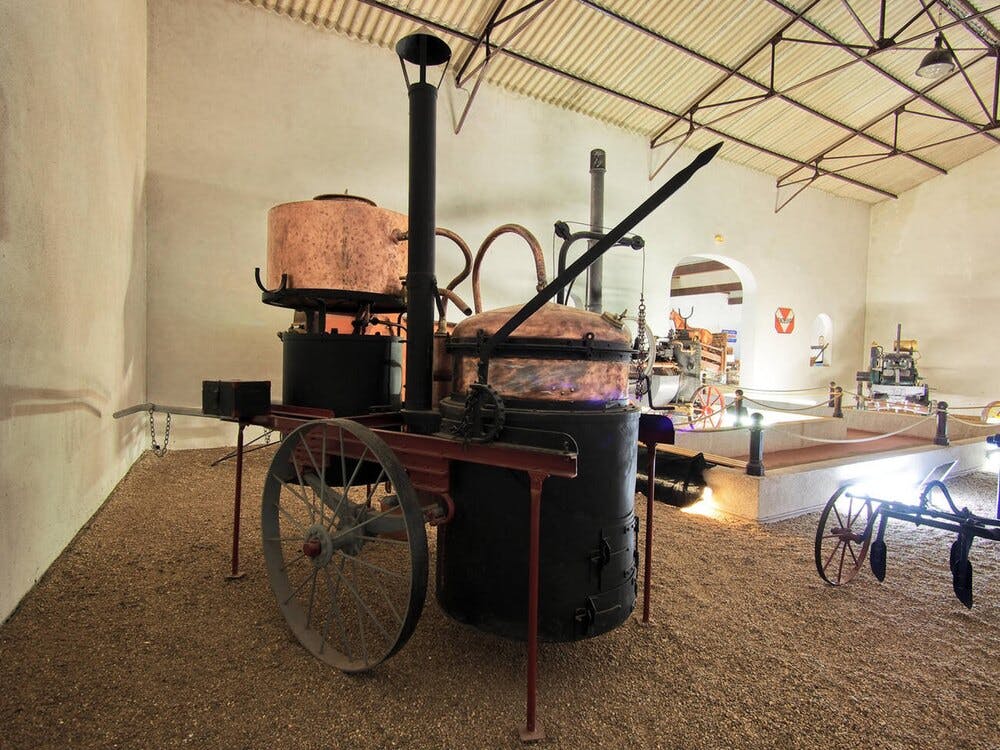
Second Distillation (Bonne Chauffe)
The brouillis is redistilled to obtain the heart of the distillation, a clear distillate with an alcohol content between 68 and 72% ABV. Only the central fractions are kept, while the heads and tails are redistilled.
This process, known as double distillation, gives Cognac its fineness and aromatic complexity. Distillation must be completed before March 31st of the year following the harvest.
Ageing in oak barrels
The resulting eau-de-vie is then aged in oak barrels for a minimum of two years, the minimum period required by the appellation. Two main types of oak are used:
- Limousin oak: coarse-grained, promoting rapid tannin extraction and imparting spicy and woody notes.
- Tronçais oak: fine-grained, providing gentler oxygenation and more subtle aromas.
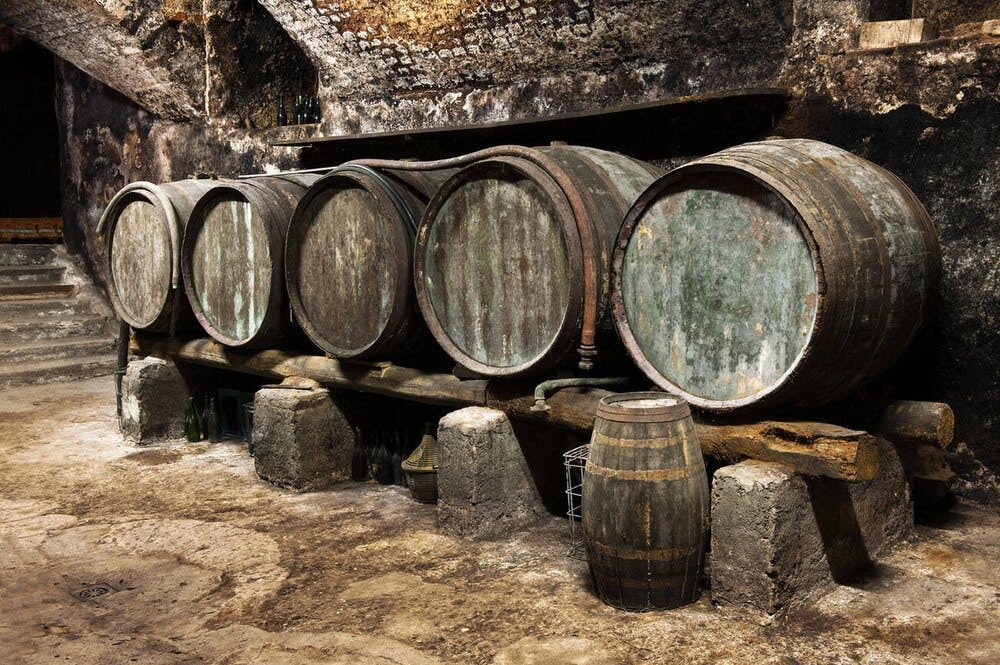
Over the years, the spirit interacts with the wood, absorbing tannins and evolving in color, texture, and aromatic complexity. A portion of the alcohol naturally evaporates—known as the “angel’s share”—representing about 2 to 6% of the volume each year.
Blending and dilution
Blending is a common and emblematic practice in Cognac production. The cellar master selects eaux-de-vie from different crus and ages to create a harmonious balance. Cognac is very rarely bottled straight from the barrel.
Before bottling, the Cognac is gradually diluted with distilled water or “faibles” (heavily diluted Cognac with low alcohol) to reach the desired alcohol strength, usually between 40 and 45% ABV. This step is essential to refine the texture and soften the spirit’s intensity.
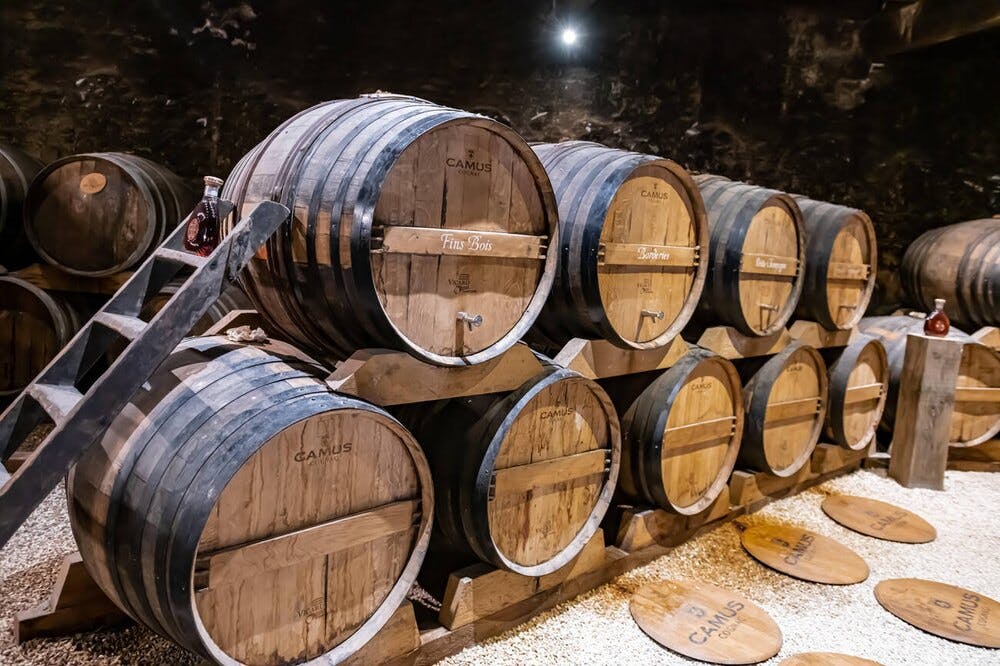
Cognac labeling and classifications
Cognac ageing is strictly regulated and defined by several designations:
- VS (Very Special): minimum ageing of 2 years.
- VSOP (Very Superior Old Pale): minimum of 4 years.
- XO (Extra Old) or Hors d’âge: minimum of 10 years since 2018 (previously 6 years).
- XXO: minimum of 14 years.
These classifications reflect the age of the youngest eau-de-vie used in the blend.
TO GO FURTHER IN THE DISCOVERY OF COGNAC
La Maison du Whisky has three boutiques in Paris:
In each of these boutiques, you'll find a wide selection of whiskies, rums, sakes, and other fine spirits.
Follow our tasting calendar for upcoming events, or visit the Golden Promise Whisky Bar, which offers an extensive selection of whiskies and other spirits by the glass.
Discover our other articles on cognac.